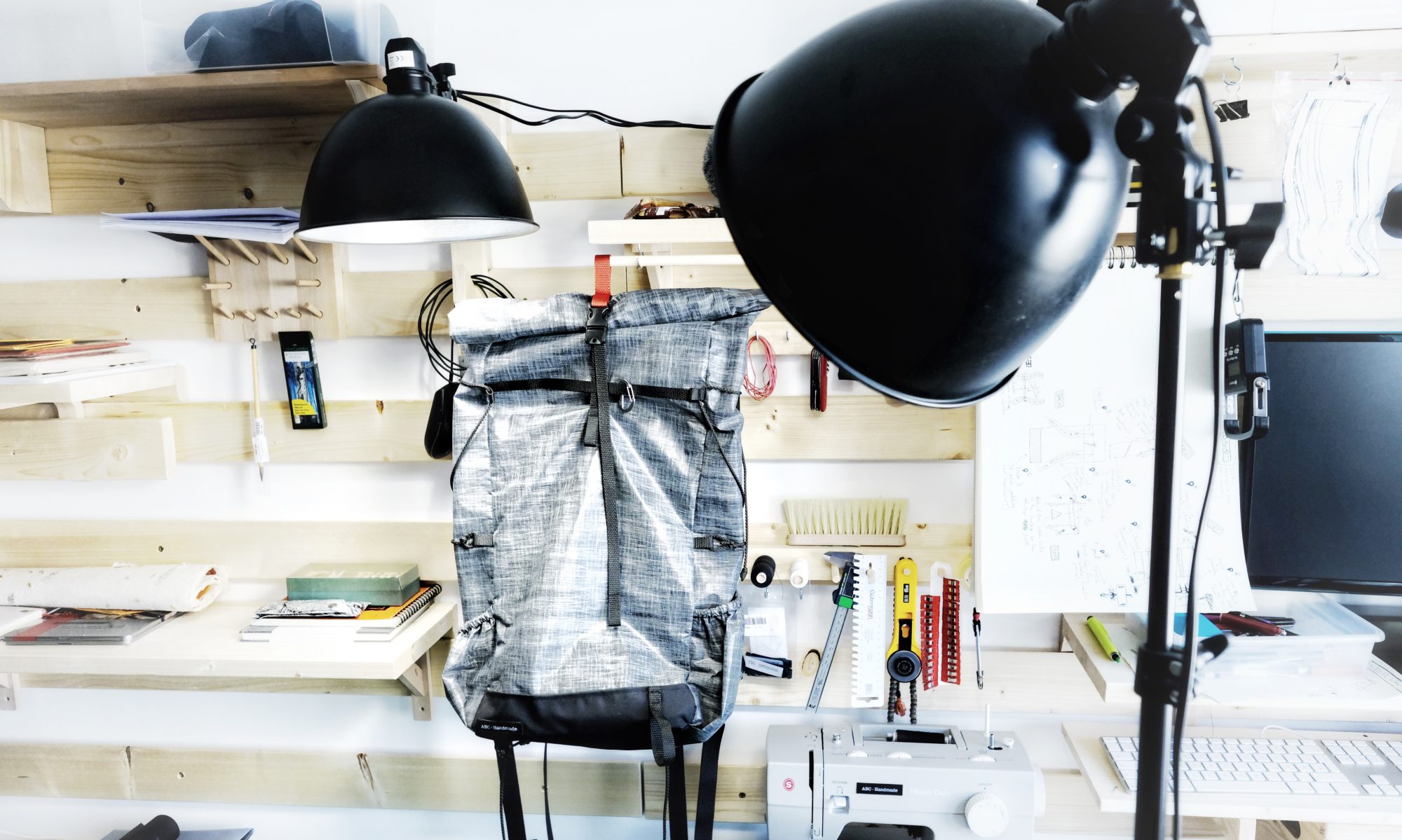When a friend asked me to design a pack for his young son, I knew I had to give it a try. Little did I know that I would be designing an ultralight Ski Touring pack for a young outdoor aficionado! I mean, what a responsibility!

I wanted to experiment with the ski attachment options and figured I could design the side compression straps with the option to run them across the pack. My original intent was to either hang one ski on each side of the pack attached with the compression straps in a standard configuration or secure the pair to the front of the pack with one side of the compression straps reaching to the other side. Eventually, the choice would befell the future owner of the pack.


Apart from this little experiment, we designed the rest of the pack together, and settled on two front daisy chains and a relatively big zipper pocket. There are also some low-profile side pockets on each side for commodity, but since the main idea is to carry skis on the sides, the pockets are not a main feature. I just find that the weight penalty is small enough to warrant the extra functionality when you need it. Here are some more photos of the complete pack body.


















The idea for the shoulder straps was to make a set of test straps first and try the fit, since I was not very confident fitting straps to a child on the first try. Since children grow fast, I wanted the pack to grow with him. Otherwise the pack won’t be useful for very long.
In order to keep this simple and as lightweight as I could, I thought the shoulder straps could attach to a daisy chain instead of being permanently sewed onto the back panel. That way I can add additional daisy chains to allow for higher attachment points and I can make new straps when these ones get too small.

The weight penalty of the adjustable height shoulder straps is not negligible in this weight category, but can be later reduced when adjustment are no longer necessary. A set of “grown-up” straps can be permanents attached to the higher daisy chain and the attachment hardware and webbing can be completely cut-off then. In this scenario, the horizontal daisy chains would remain.



The shoulder straps themselves are actually quite small. In the pictures, these are test straps, which will eventually get replaced after a couple of trips, and are just a way for me to figure out how the wearer wears the pack. The construction is similar to my usual straps except these do not have an S-shape but rather a J-shape.





I can’t wait to see the pack getting some mileage.



































